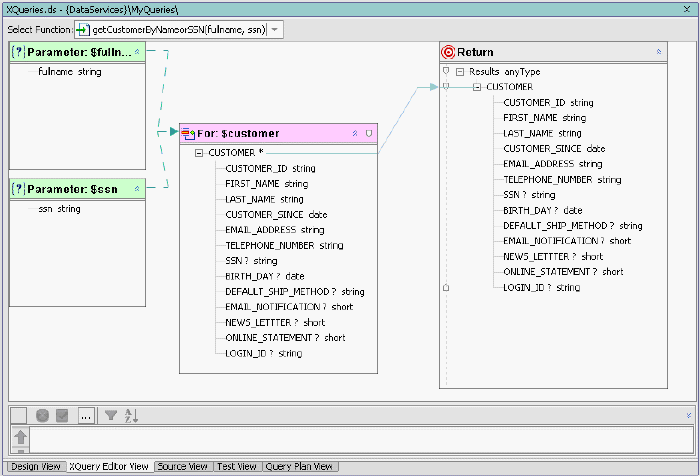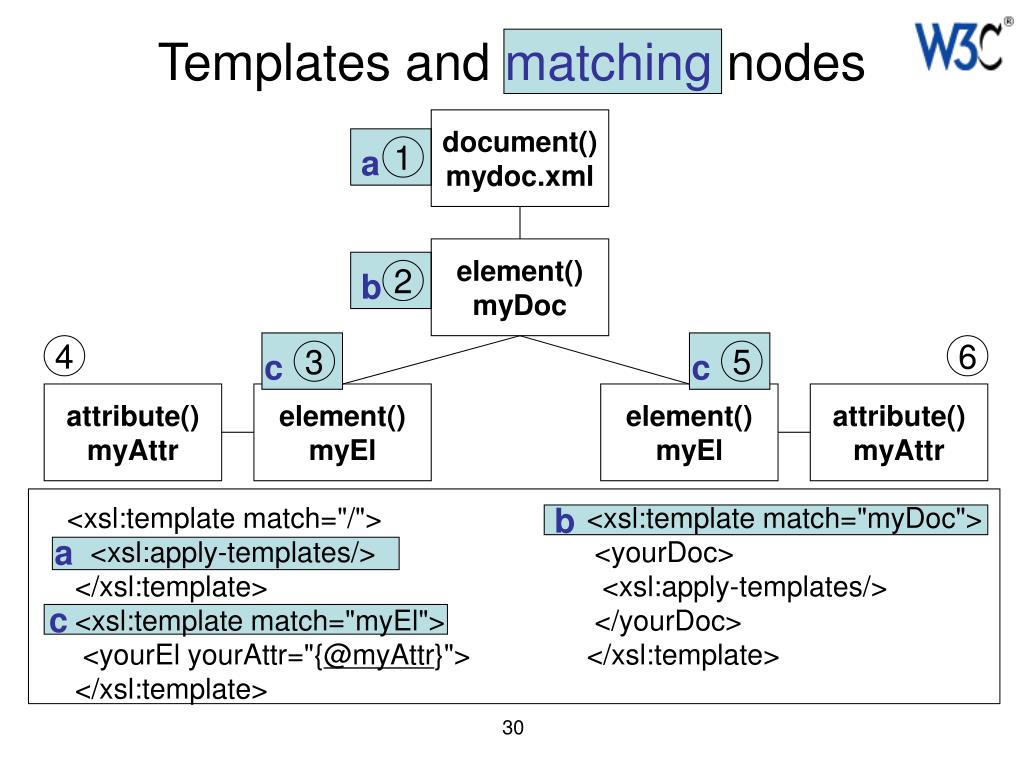


New signatures have been added for the following functions:įn:document-uri, fn:string-join, fn:node-name, fn:round, fn:data Changelog Version 8. 1 A hyperlink points to a whole document or to a specific element within a. The following functions have been added in the XQuery 3.0 Functions and Operators Specification:įn:analyze-string* fn:available-environment-variables, fn:element-with-id, fn:environment-variable, fn:filter, fn:fold-left, fn:fold-right, fn:for-each, fn:for-each-pair, fn:format-date, fn:format-dateTime, fn:format-integer, fn:format-number, fn:format-time, fn:function-arity, fn:function-lookup, fn:function-name, fn:generate-id, fn:has-children, fn:head, fn:innermost, fn:outermost, fn:parse-xml, fn:parse-xml-fragment, fn:path, fn:serialize, fn:tail, fn:unparsed-text, fn:unparsed-text-available, fn:unparsed-text-lines, fn:uri-collection They make it possible to abstract over functions and thus write more modular code. However, when you load the same XML document into an XDocument via XDocument.Load, the root of the tree is an XDocument node, and the root element of the loaded document is the one allowed. One of the most distinguishing features added in XQuery 3.0 are function items, also known as lambdas or lambda functions. Its design is similar to the JDBC API which has a client/server feel and as. You can make an XQuery association based on the contents of these order items. When you load an XML document into an XElement via XElement.Load, the XElement at the root of the XML tree contains the root element of the loaded document. The XQJ API provides Java developers with an interface to the XQuery Data Model. In linear data structures, the elements are stored in a non-hierarchical way where each item has the successors and predecessors except the first and last.

Declare %private function local:max ( $ x1, $ x2 ) local:max ( 2, 3 ) Functions Context: The Order Item Association subtab XQuery input documents are multiple order items in the order after decomposition contained in the fromOrderComponent element and the entire set of order items included in the order contained in the toOrderComponent element.


 0 kommentar(er)
0 kommentar(er)
